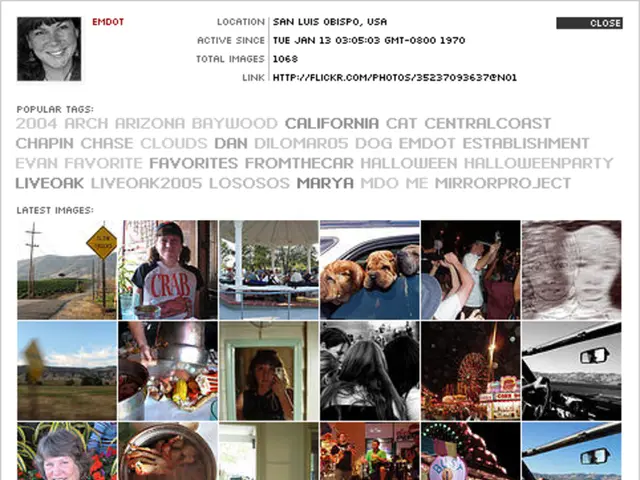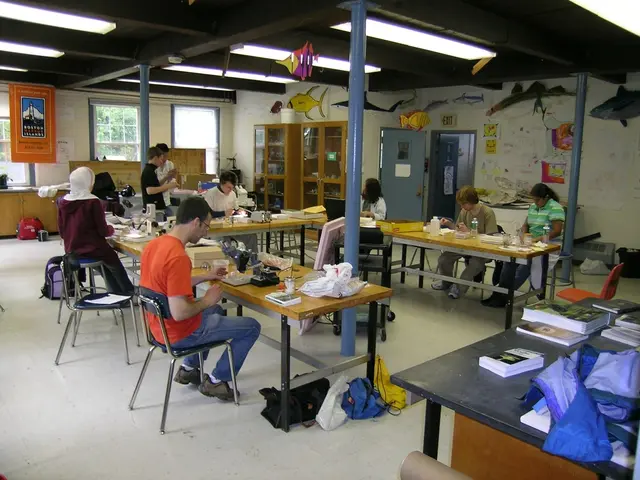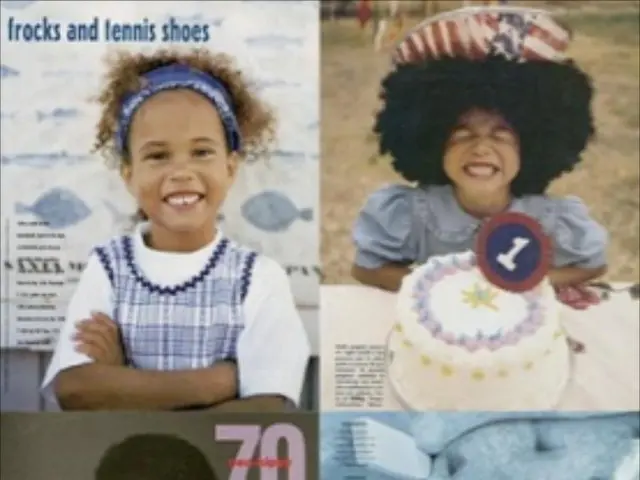Chemistry Experiments Involving Interesting Chemical Reactions
From the kitchen to the living room, science experiments can be found all around us. Here are some of the best and easiest household chemical reaction experiments for kids to do at home or in the classroom, using common ingredients and providing instant, observable results.
**1. Baking Soda and Vinegar Volcano** This classic experiment teaches kids about acid-base reactions with a visually exciting eruption. By mixing baking soda (a base) with vinegar (an acid) in a small bottle or cup, a chemical reaction is triggered that produces carbon dioxide gas, creating fizz and bubbles that overflow like lava. Add food coloring and build a volcano structure around the bottle for added effect. It requires only household items and is very safe and easy to do.
**2. Elephant Toothpaste** In this experiment, hydrogen peroxide decomposes into water and oxygen gas, and when soap is added, it traps the oxygen to form lots of colorful foam that looks like giant toothpaste. Adding food coloring makes it even more fun. This visually impressive reaction teaches decomposition and gas formation.
**3. Homemade Slime** By mixing white school glue, water, food coloring, and borax solution, kids create slime, a polymer with unique stretchy properties. This is a simple chemistry experiment that also develops tactile skills and interest in materials science.
**4. Dancing Raisins** Drop raisins into clear soda versus plain water and watch how carbon dioxide bubbles in the soda attach to the raisins, lifting them up and making them appear to "dance." This experiment visually demonstrates gas buoyancy and solubility effects.
**5. Exploding Baggie** An exciting variation of the baking soda and vinegar reaction is to mix the two in a sealed plastic bag and observe gas buildup causing the bag to inflate and sometimes pop. This is a safe explosion demonstration that captivates children while teaching gas production in chemical reactions.
**6. Milk Art** Add drops of food coloring to milk, then introduce a drop of dish soap. The soap breaks the surface tension causing colors to swirl in beautiful patterns, demonstrating chemical interactions and surface tension.
**Additional Ideas from Easy Materials Around the House:** - Making Oobleck (cornstarch and water) to explore non-Newtonian fluids - Oil and water density stacking to show immiscible liquids - Breaking water tension with soap, water, and pepper for simple surface tension experiments.
These experiments require minimal preparation, use common household materials, and provide instant, observable results, making them ideal for young scientists in home or classroom settings. They are educational, engaging, and safe to conduct under adult supervision.
In addition to these experiments, resources for learning science vocabulary, understanding the scientific method, and exploring specific science subjects are available. Whether you're interested in chemistry, physics, biology, or earth science, there's a wealth of information and activities to help kids explore the world of science in a fun and interactive way. So, grab your ingredients, put on your safety goggles, and get ready to discover the wonders of science at home!
7. Sensory Play with SLIME Apart from the fun of creating slime, sensory play with different textures and colors can help kids learn about various materials and their properties. This hands-on activity promotes exploration and understanding of science concepts related to materials and chemistry.
8. Kindergarten STEM Activities Engage preschoolers with simple but purposeful STEM activities. Use easily accessible household items like blocks, balls, and containers to promote spatial reasoning, mathematical understanding, and problem-solving skills. Art projects can also be included for a holistic approach that combines art and science.
9. Art and Science Projects: Earth Day On Earth Day, create art projects that convey ecological themes and illustrate scientific concepts about the Earth. For example, design and paint recycled materials to create vivid images of Earth's layers or create a collage representing the water cycle.
10. Elementary School Science Elementary students can learn about biology, chemistry, physics, and earth science through experiential learning activities. Science education apps, printables, and online resources provide supplementary materials for a more immersive learning experience.
11. Online Science Education and Self-Development For older children and adults looking to solidify their science knowledge, online education platforms offer interactive courses, skill-building workshops, and engaging videos across various science subjects. Experiment with self-paced online lessons that cater to personal interests and needs.
12. Preschool Science Experiments: Identifying Shapes and Colors Introduce young children to science by exploring shapes and colors through simple experiments. For example, fill clear containers with various colored liquids and arrange them in different shapes for children to discover and name.
13. Fun Science Experiments to Spark Creativity Encourage kids to design and carry out their unique science experiments using materials from home. By taking an active role in discovery, children develop an interest in science, problem-solving skills, and learn to think critically and creatively.







